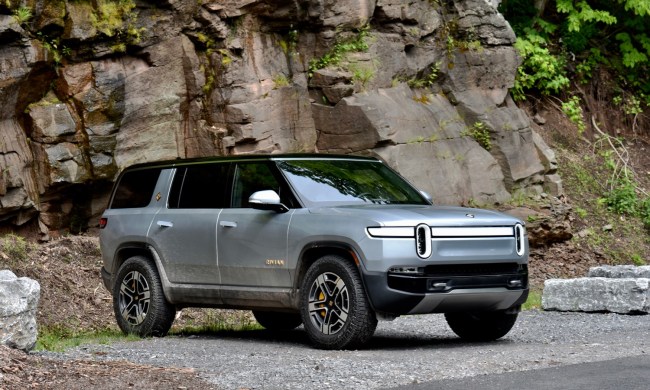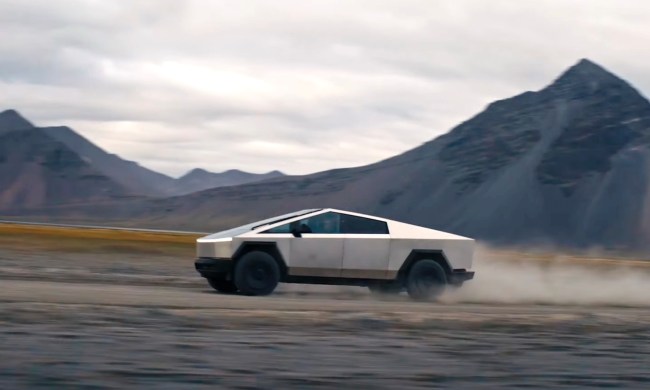One thing is for sure about this thing we call life: nobody gets out alive. We’re all going to punch out eventually, and when we do, we’re either buried or burned — but contemporary burial practices in the Western world don’t just have a high financial cost, they also incur an environmental impact. Human bodies are typically prepared for burial with a host of harmful chemicals that can leech into the ground, even though a casket. And cremation — which spews a huge amount of carbon into the atmosphere– isn’t much better. So to help keep human death from polluting the Earth, NYC startup Coeio has created a new line of burial products designed to help the body decompose in a totally organic process.
The company’s Infinity Burial death suit is laced with mushroom spores that were specifically chosen to support the natural decomposition of flesh. The mushrooms are from a “unique strain of fungi that will be trained to decompose and remediate the industrial toxins in bodies”, according to the Coeio website. Coeio co-founder Jae Rhim Lee said she started by feeding common mushroom strains (like shiitake and oyster mushrooms) strands of her own hair, pieces of dead skin, and nail clippings in order to encourage them to use human parts as a food source.
Conventional burial practices and even cremation processes usually make use of chemicals that are harmful or even toxic for the environment. Removing products like embalming fluid from the equation and introducing strains of fungi that purify accumulated body toxins during decomposition has led Coeio to call their Infinity Burial system “the ultimate green funeral”.
Lee first announced the Infinity Burial concept at a TED talk in 2011, but the products are expected to finally launch this summer. The Infinity Burial suit will retail for about $1,000, while a smaller, simpler pet version of the suit will probably launch a little earlier and cost a little less. So far, Coeio has already started putting together an early adopter program for living volunteers who want to help build feedback around the project in order to make death a little easier on the planet.


